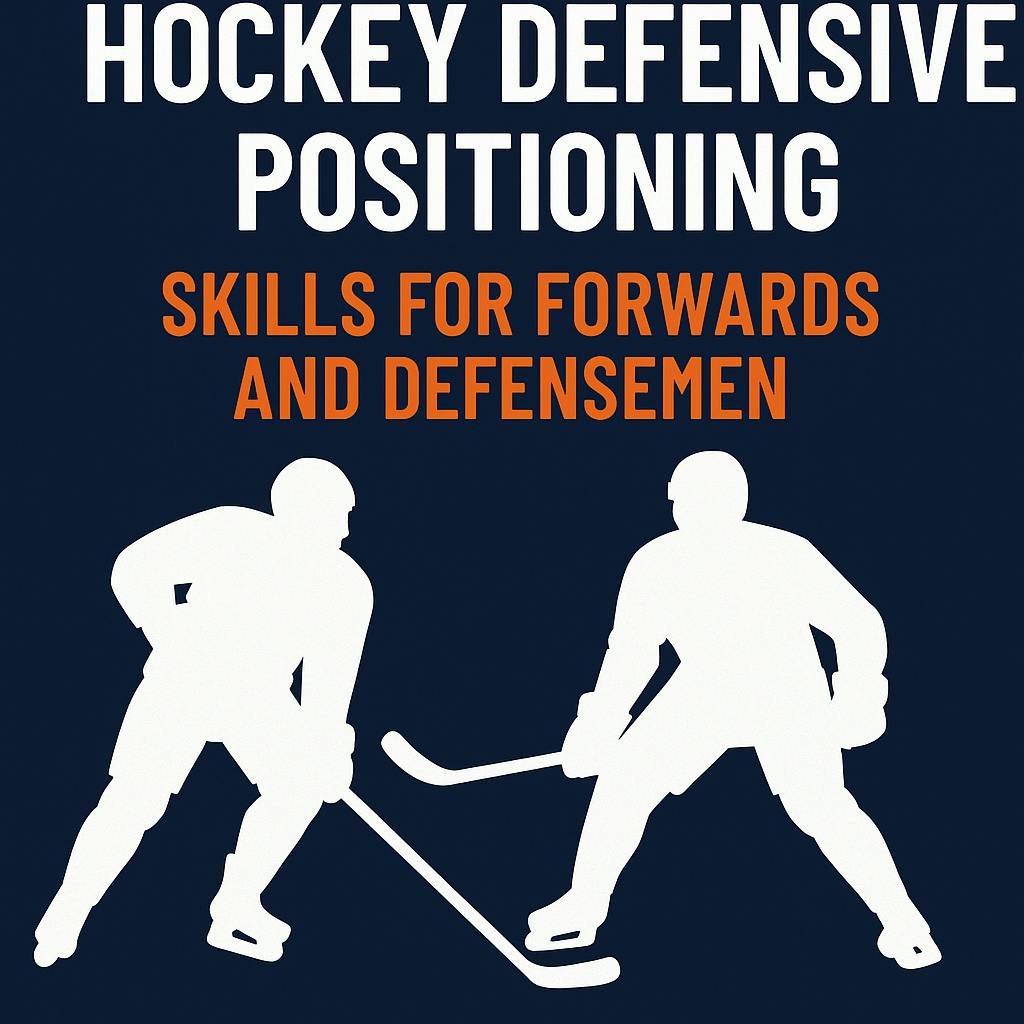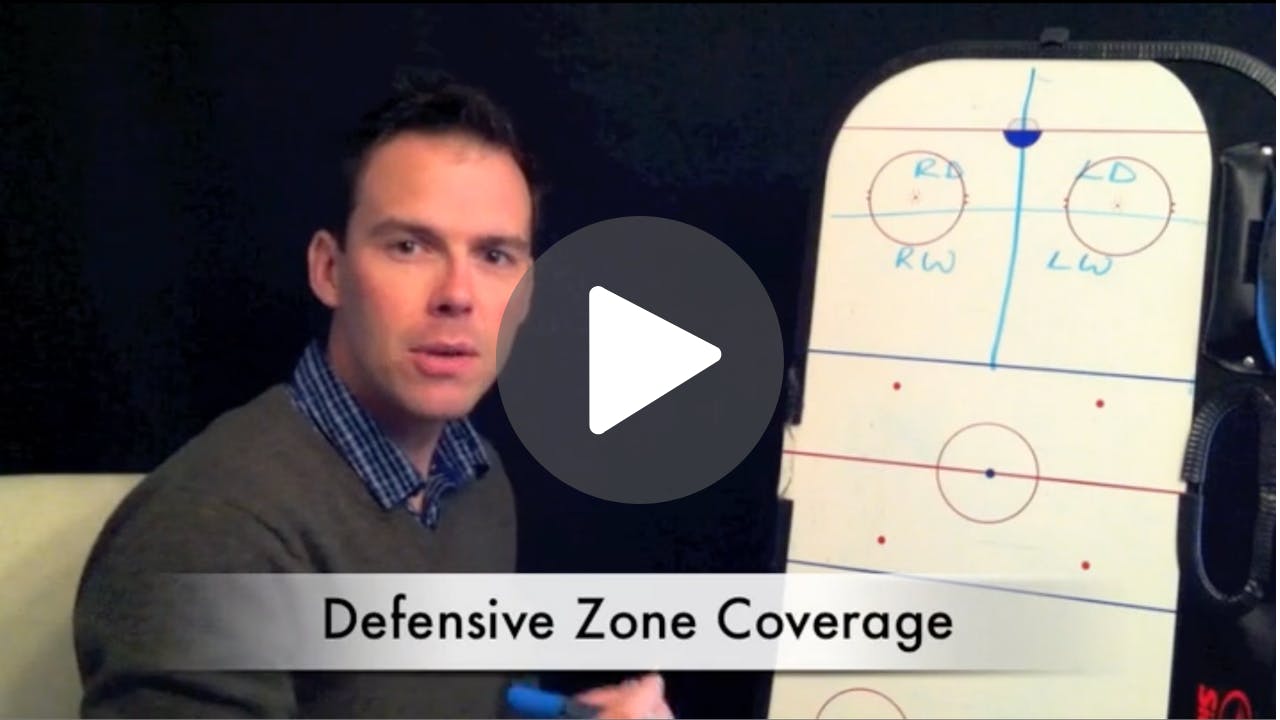Featured courses
- Complete Youth Hockey Practice Plan by Jacob Crabtree
- Zone Entry Hockey Drills: How to Teach Effective Entries by Jackson Chlebowy
- Hockey Practice Plan: Maximize Development in Every Session by Jackson Chlebowy
- Strength and Conditioning for Ice Hockey: Building the Complete Athlete by Jackson Chlebowy
- Hockey Defensive Positioning: Skills for Forwards and Defensemen by Jackson Chlebowy
- Which Hockey Position Should I Play? | Hockey Positions Guide by Jackson Chlebowy
- 3 Keys to Hockey Defense: Dominate the Defensive Zone by Jackson Chlebowy
- 4 Hockey Skating Drills for Youth Players: Building Speed, Balance, and Agility by Jackson Chlebowy
- 4 Hockey Passing Drills to Improve Team Performance: Mites to Peewees by Jackson Chlebowy
- Mastering the Hockey Forecheck: 6 Keys and Strategies by Jackson Chlebowy
- How To Coach Hockey: Creating a Winning Culture by Jackson Chlebowy
- 5 Principles of a Successful Hockey Power Play by Jackson Chlebowy
- Three Youth Hockey Shooting Drills to Score More Goals by Jackson Chlebowy
- 3 Hockey Battle Drills to Improve Compete Level and Team Chemistry by Jackson Chlebowy
- Ice Hockey Goalie Drills: Mastering the Basics by Emma Martin
- Tips and Tricks on Perfecting Your Hockey Slap Shot by Emma Martin
- 7 Effective Puck Protection Drills for Defenseman by Jacob Crabtree
- Strength and Conditioning: Tony Greco's Principles of Strength by Jacob Crabtree
- From Humble Beginnings to Highly Respected NHL Shooting Coach – A Sit-down with Tim Turk by Slava Paller
- Journey into Strength and Conditioning with NHL athletes to everyday people with Ryan Van Asten: Two time Stanley Cup Champion and Current Calgary Flames Strength and Conditioning Coach by Clarence Paller

Hockey Defensive Positioning: Skills for Forwards and Defensemen
Defending in today’s high-speed game shouldn't be the sole responsibility of the blueliners. Successful teams need 4 lines and 3 pairs who are willing to work hard to get to their defensive positioning, control the gaps, and make a considerable difference for their team. The article explains the core principles of hockey gap control, angling, zone coverage, and defensive responsibilities, presenting practical examples from any coach or player who is looking to improve their defensive skills.
Why Defensive Skills Matter for Everyone
The best teams cannot perform at their highest level without all five skaters contributing defensively. Whether you are applying pressure on the forecheck, distributing through the neutral-zone, or providing support in the defensive end, it is important that you know how to angle, track, and close space. It is not about blocked shots or big hits, but rather about constantly being at the right place at the right time.
Steering, Angling, and Tracking: Dictating Play Before the Zone
The first step to smart defense starts long before your opponent enters the zone. It begins with how you steer and angle the puck carrier. In this featured video breakdown, players are taught to:
Influence direction through stick and body position. Stick out front, feet angled—forcing the attacker into less dangerous ice.
Angle with intent. The goal isn’t to chase the puck, but to guide it. Good defenders dictate where their opponents can go.
Track with awareness. Head on a swivel, inside shoulder in control—players must match speed and keep inside body position during backchecks and transitions.
This way of skating definitely enables defenders to maintain the offensive player on the perimeter and out of the dangerous areas. That’s the concept of good hockey gap control—limiting the space without overextending or getting beaten on the side.
Coaching Cue: Visualize angling as not only helping you follow the puck carrier but also allowing you to give him/her the correct direction—be it towards the boards, towards your teammates, or to a place from where he/she can’t make a play. Don’t merely respond. anticipate and affect.
Defensive Zone Coverage: Roles, Layers, and Readiness

Once the play shifts to the defensive zone, smart hockey defensive positioning principles become even more important. The second video clip outlines a layered, role-based approach, breaking down responsibilities into four main roles:
- First Defender (Puck Pressure): Applies pressure immediately but stays under control—stick in the lane, eyes on puck and body.
- Second Defender (Support): Protects the middle, reads the puck carrier’s next move, and supports if the first defender is beaten.
- Third Defender (Slot Protector): Anchors the net front, maintains body position, and eliminates inside threats.
- Fourth and Fifth (Off-Puck Awareness): Communicate, read rotations, and pick up open players—ready to jump or switch coverage.
Coaches often teach this as a box or diamond concept, with defenders shifting in unison rather than chasing individual opponents. How players move and shift is dictated by puck location and teammate pressure, not emotion or panic.
When to Close vs. Contain: Reading the Play
Among the most commonly misunderstood defensive concepts is knowing when to redirect the puck carrier and when to attack them. Skillful defenders not only work hard, but they also work smart, reading their support and adjusting accordingly.
Pressure when: You have help, the puck carrier is near the boards, or you're on the strong side.
Contain when: You’re outnumbered, far from help, or risk opening up the middle.
This kind of decision-making is what binds together a team that plays strong defense. The video clearly points out that “Defensive coverage is more about who has support than just who’s closest to the puck.”
5 Habits to Emphasize with Players
To wrap things up, here are five essential habits that coaches, parents, and players can reinforce at every level:
- Angle early and angle smart. Don't wait until the attacker reaches the blueline, start influencing the puck carrier as early as possible to kill any chance at making a play.
- Close the distance between you and your opponent’s feet, not just the stick.
- Know what your task is in the zone—pressure, support, protect, or read.
- Use your stick with a purpose, steer attackers away, and don't get caught fishing for the puck.
- Communicate early and often. Rotations are only effective if all the members understand the plan.
Go Deeper with Defensive Tactics and Concepts
In addition to the principles we just covered, the course goes into:
- Playing without the puck and how to dictate play defensively
- Defensive coverage concepts like body position, stick placement, and angling
- Zone reads and rotations based on pressure and support
- How to structure effective breakouts under pressure
- Core concepts that unite defensive systems at all levels
- A full progression from zone play to breakouts, and eventually special teams
Whether you are coaching or playing, these ideas assist in creating a common language for comprehending the game and improving your defensive decision-making.
